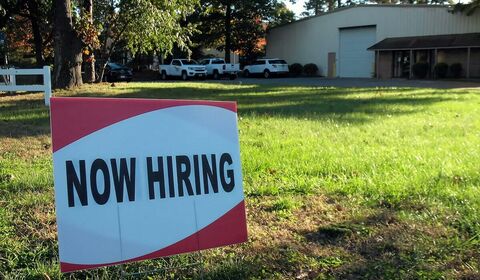Could taxes go up in the Autumn Budget?: How to be ready
The Autumn Budget will be delivered by the Chancellor soon. But what personal and business tax changes are likely? Have a look at our predictions for possible announcements.
At the last general election, the Labour party pledged to not raise taxes for ‘working people’,with assurances that there will be no changes to income tax, national insurance (NI) and VAT.
While this pledge may appeal to UK workers, it does limit what the Chancellor, Rachel Reeves, can do when it comes to raising taxes and reducing the UK’s current economic deficit.
With individual taxes protected, some commentators have argued that it’s UK businesses that will bear the brunt of any hikes in taxation.
But what tax changes are most likely? And could any changes impact you and your business?
Possible changes that could be announced in the Autumn Budget
Let’s take a look at some of the potential changes we could see being announced by Rachel Reeves on the 26th November.
Remember, these are speculative outcomes from the Budget and nothing has yet been confirmed by the Chancellor or the Labour party.
Here are the areas most likely to see amendments
Personal taxes
1. Capital Gains Tax:
Capital gains tax (CGT) is widely tipped for changes. The government may raise the rates of CGT or reduce the annual tax-free allowance, which has already been significantly cut in recent years. There’s also speculation about extending CGT to high-value homes as an easy way to raise more tax revenue when property owners sell more expensive properties.
2. Inheritance Tax (IHT):
Reforms to IHT are being considered. This could include lowering the current tax-free threshold of £325,000, which has been frozen since 2009, or tightening rules around gifting to prevent large estates from avoiding tax.
3. Income Tax Thresholds:
While the government has pledged not to raise the rate of income tax, a common ‘stealth tax’ is to freeze tax thresholds. It’s possible the current freeze on income tax thresholds could be extended. This would pull more people into higher tax brackets as wages rise, generating more tax revenue for HMRC.
4. Pensions:
Changes to pensions are possible, with a focus on areas like the tax-free lump sum that can be taken from a pension, or restricting the tax efficiency of salary sacrifice schemes.
Business taxes
1. VAT changes:
It’s possible that widening the scope of VAT could raise significant tax revenue. There’s also speculation that the Chancellor may reduce the VAT registration threshold, currently set at £90,000 p.a. This would require many more businesses to register for VAT and charge the tax on goods and services.
2. Business rates:
Although not part of the Autumn Budget, changes to business rates could have a major impact for some businesses. Businesses are already facing new business rate burdens, but some commentators are warning of an ‘unavoidable double hit’ that could push UK business rates bills up by £2.5bn.
3. Business Asset Disposal Relief (BADR):
For business owners who plan to sell their company, changes to CGT on these sales have already been announced. The rate for BADR rose from 10% to 14% in April 2025, and there’s a further increase to 18% planned for April 2026. Changes to the rate, or the period of availability of BADR are additional possibilities.
We’ll be summarising the key points of the Autumn Budget once the Chancellor delivers her speech.
To stay in the loop, sign up for our regular updates where we’ll let you know all the most salient points from the Budget – and how they will affect your small business.
Sign up for our newsletterRelated Articles

5 major challenges for the manufacturing sector
Discover 5 key Industry 4.0 challenges for modern manufacturers and how to update your strategy to stay competitive.
Read On
UK unemployment: opportunities for your small business
UK unemployment is rising - explore 4 flexible hiring options to help your business seize new talent opportunities.
Read On
Start Up Loan Scheme: getting your business off the ground
Founding a new business but struggling to access funding? A government-backed Start Up Loan may be the answer to your business funding prayers.
Read On